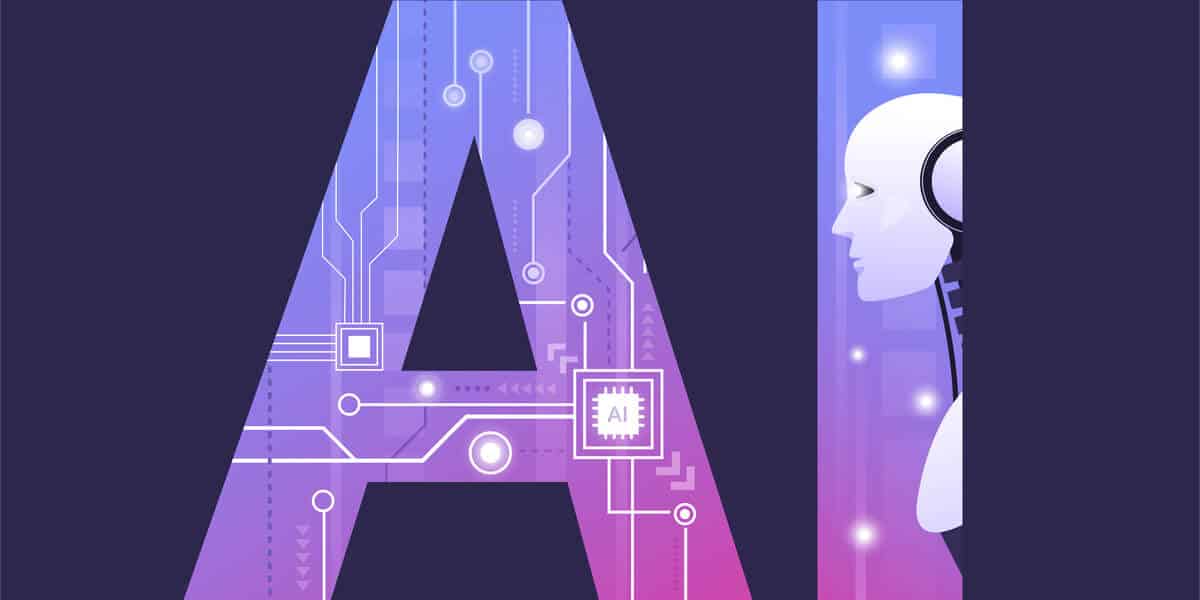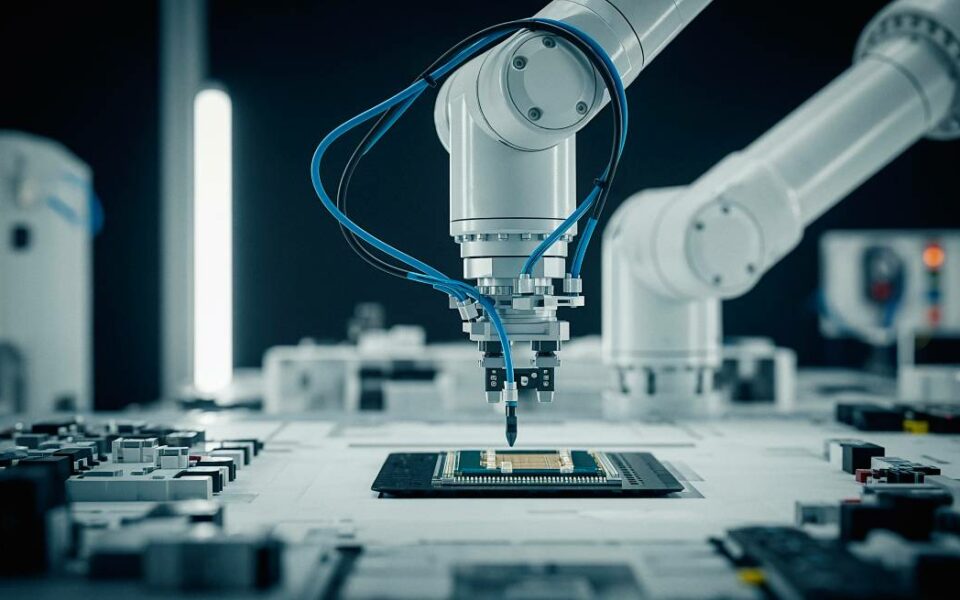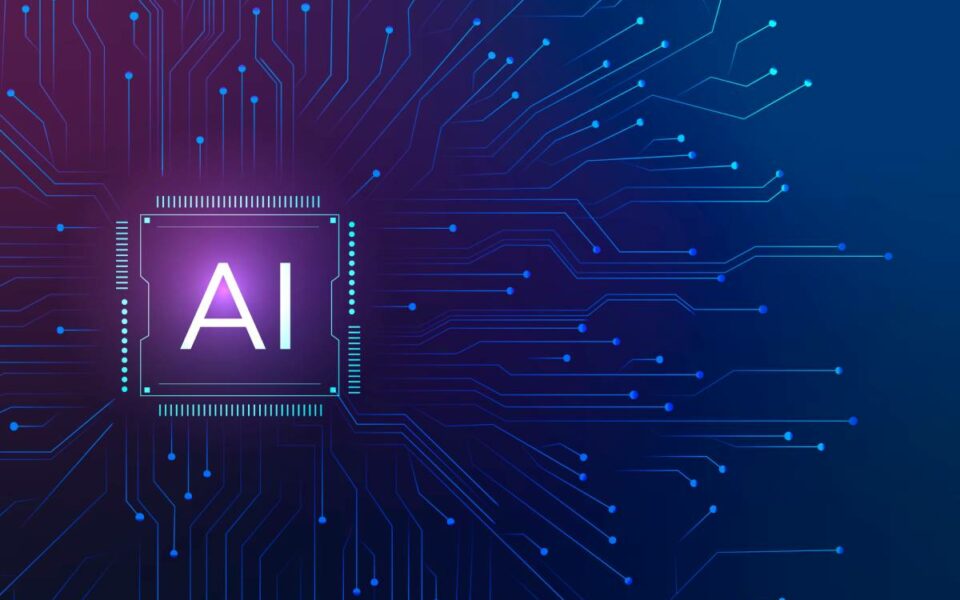
Google algorithm updates – forecasts for 2023
15 December 2022
Machine Learning trends in 2023
15 January 2023
Artificial intelligence (AI) has started occupying every nook and corner of our society and life in the past decade. Ranging from chatbots and virtual assistants like Siri and Alexa to automated industrial machines and self-driving cars, it’s pretty hard not to notice. Currently, the most used form of delivering AI is through machine learning—advanced software algorithms particularly designed to perform only one certain task, like answering questions, translating languages, or finding one’s way—but they improve and become better at their performance the more data fed into them.
Democratization of AI
AI will reach its full potential only when all have access to it, and when every business and every organization uses it. Fortunately, in 2023 this will be easier than ever before. The growing number of applications allows AI functionality to become available for every person, regardless of one’s technical skills. From the simplest predictive suggestions that reduce the number of words you have to type to search or write emails to applications that let you set up sophisticated visualizations and reports at the tap of your mouse, AI seems to be everywhere these days.
If there isn’t an app that does what you want, it’s becoming increasingly easier to build your own, even if you’re not much of a coder, as no-code and low-code platforms proliferate. They open a route into building, testing, and deploying AI-powered solutions for almost anyone via simple drag-and-drop interfaces or wizards.
Ultimately, democratization will empower companies and organizations to transcend the challenges brought on by the lack of AI skills due to a shortage of skilled and trained data scientists and AI software engineers. AI will be within reach for each of us.
Generative artificial intelligence
While many think about artificial intelligence with respect to the automation of routine tasks, science is increasingly focused on the development of AI tools and applications that can imitate one of the most human skills: creativity.
AI generative algorithms are those that use pre-existent data – video, images or sounds, or even computer code – to create totally new content that never existed in the intangible world. Among the most well-known generative AI models is GPT-3 from OpenAI, capable of spewing out text and prose virtually indistinguishable from the human variety. A variant of GPT-3 known as DALL-E generates images.
Ethical and understandable artificial intelligence
The development of ethical, understandable AI models is important for a variety of reasons, with building trust topping the list. AI requires data to learn from, typically containing personal information like health or financial information. If the general public does not have trust in the AI decision-making process or does not understand it, they will not want to share their information, leading to system failure.
A wide range of efforts will involve the opening up of AI’s ‘black box’ in 2023, zeroing in on ensuring AI frameworks can explain how they make decisions and what data was used to come to those decisions. The role of AI ethics will also become very important when trying to hammer out bias and discrimination from their automated decision-making systems. People have blamed biased data for unfair outcomes, the potential discrimination in a future where AI plays a role in employment, justice and healthcare decisions will be unbearable.
Operation of augmented artificial intelligence
In 2023, there will be increased collaboration of man with robots or intelligent machines. The aim will be to help employees perform their duties better and more effectively. These might be smart devices that provide access to data and analytics tools on the go; this is already occurring in the workplace, whether retailing or manufacturing. Or perhaps AR headsets that overlay information from the digital world onto the real one. It provides workers, in real-time, the maintenance or production scenario information to identify potential risks or dangers for their safety. For leaders and managers, real-time dashboards and reports will manifest a comprehensive view of operational efficiency. Virtual assistants, powered by artificial intelligence, will be more prevalent in the workplace. They will therefore be in a better position to respond to your enquiries more quickly and even point out the better way of doing things. Eventually, learning to work with intelligent machines will be a skill required in the workforce. For most workers, it may actually offer them a way to protect their jobs from irrelevance.
Sustainable AI
By 2023, all businesses will be feeling the heat to reduce their carbon footprint and lessen their impact on the environment. To that end, the race to adopt and to realize the benefit of AI can be both a curse and a blessing. Artificial intelligence algorithms – along with all the infrastructure necessary to operate and deliver them, from cloud networks to edge devices – are using, and needing ever more, power and resources. A 2019 study found that training a single deep learning model generated 284,000 kilograms of CO2. Meanwhile, the tech can support companies in understanding how to create products, services, and infrastructure more effectively by spotting sources of wastage and inefficiency. A better future for AI also includes continuous efforts to have it run on greener and renewable energy-powered infrastructure.
AI can also be a driver of sustainability in other industries and areas of activity—for example, through computer vision, used in conjunction with satellite imagery for detecting deforestation and illegal logging in rainforests, besides illegal fishing activities affecting biodiversity in oceans. I do expect further moves this year in the implementations of AI initiatives targeting some of the most serious issues that are affecting the planet, and not just an increased bottom line for corporate profit.


